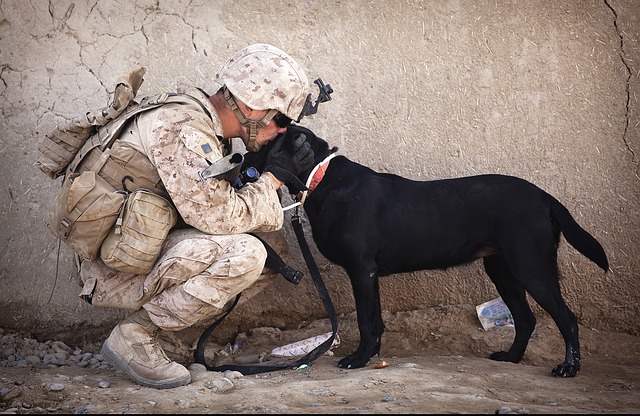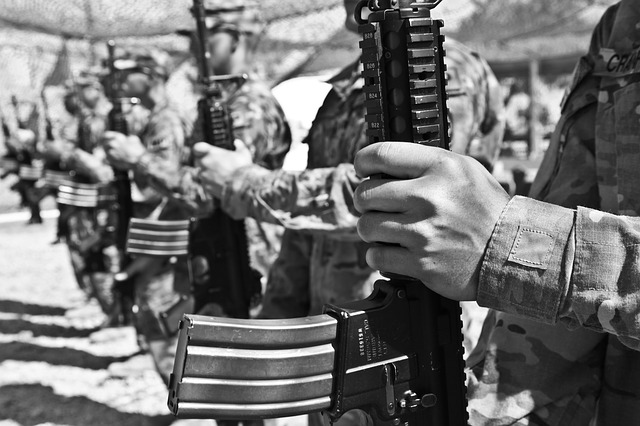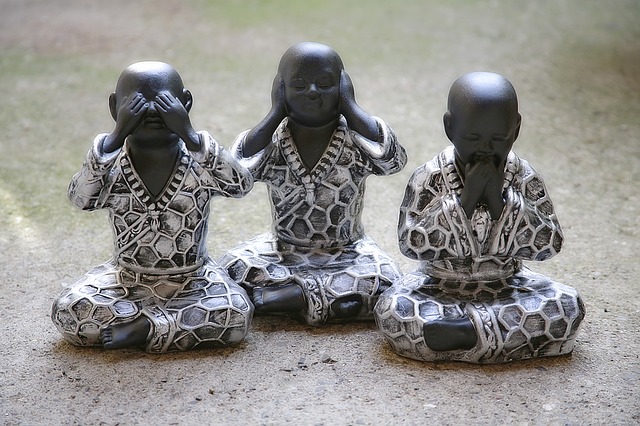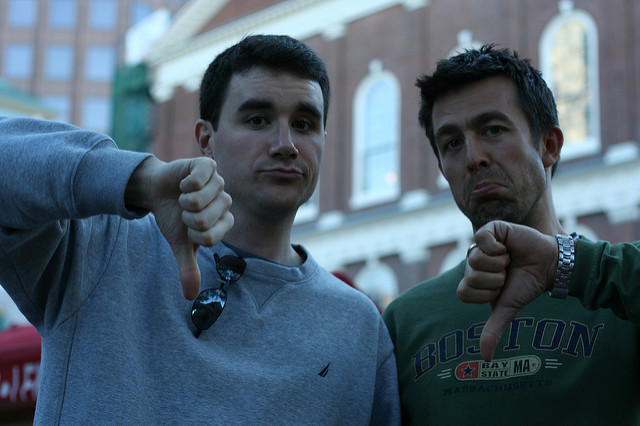
[Note: today’s blog is very much a group effort. It’s been written by a group of delegates from the CAMSTRAND2018 conference who spent the afternoon critically appraising and writing about a recent review on mind-body therapies for PTSD. The group experimented with different styles of writing in this piece, including our first results section written completely in verse! (thanks Sally Price).
Do let André know if you want to find out how your Conference, Masters Course or Journal Club could do something similar.]
Battle stress is serious and stalks you. How do you shake off your stalker? Research is giving the possibility of a portable answer for your private battle and a stealth weapon for your toolkit. It’s all in your mind. Targeting your thoughts so the mind is your weapon and not your enemy.
The nature of war games has changed and veterans are affected by these horrors seen on the news. Just imagine what it must be like to be in the centre of it all! As observers, the researchers in this case were interested in trying to compare the extent of the knowledge currently out there.

This recent systematic review looked at complementary therapies (e.g. mindfulness, yoga and meditation) for military veterans with PTSD.
Methods
Trawling the literature on a reconnaissance mission for available data, the researchers looked at various databases (Pubmed, Medline, PsychInfo) using MeSH terms but no free text or keywords, which could have provided more results. This focused search was on studies that included post 9/11 veterans from the Afghan and Iraq conflicts.
How can the mind be used as a tool for healing stresses experienced post service? The researchers looked at a range of ‘mind body’ therapies from mindfulness based stress reduction (MBSR), mind body bridging, meditation and yoga. In other words, mindfulness to combat mindlessness of combat.
As a military strategy, the researchers were guilty of spreading their troops too thinly. They included a wide range of types of study (experimental, quasi-experimental and single group) as well as those that reported changes in depression, anxiety, sleep quality and mindfulness, all in addition to changes related specifically to PTSD.

The authors of this review were interested in finding out if mindfulness can combat the mindlessness of combat.
Results
Of 175 papers discovered
What are the results and conclusions?
Only 15 on PTSD relevant
In the post-9/11 veterans
7 mind-body interventions
Mindfulness, yoga, meditation
Being in the present is the focus
The breath, the concentration
Sample sizes small
Mean ages not appropriate
Don’t present the treatment process
Or blind personnel or participant
One study found improvement significance
In the intervention group
In hyper-arousal symptoms
In four overall PTSD traits reduced
One study saw significance
In symptoms of hyper-arousal and re-experience
Three trials demonstrated improvement but
No better than the control’s encumbrance
Anxiety, sleep quality,
Mindfulness, depression
Were secondary measures
By questionnaire completion
Can mind-body therapies ameliorate
The woes of PTSD?
Some evidence provided here, but
Do we need some bigger RCTs?

This review found a small number of randomised controlled studies that measured the efficacy of mindfulness, yoga and meditation for veterans with PTSD. Overall, there is insufficient evidence to make any recommendations for treatment.
Strengths
There are a number of reasons for doing a study of this type:
- This is a current and important topic
- PTSD treatment needs addressing and this is taking a first step towards looking at complementary treatments
- There is a long history of coming to terms with understanding shell-shock, trauma and PTSD
- It is timely to look at the number of issues faced by veterans (opioid dependency, suicide, and returning from conflict)
The reviewers do well in:
- Trying to filter out less relevant studies through clear criteria
- Including historic and current examples in the samples (necessary as PTSD symptoms may take a time to be recognised or identified)
Limitations
However, this review does have a large number of limitations:
- There are no detailed definitions of the interventions, so it is unclear what patients in the trials actually received and what happened to them
- There are lots of differences (or possible differences) between the included studies
- The researchers set out to look at post-9/11 veterans but there was no discussion of the pros and cons of describing different conflicts, or how long each sample of vets had been suffering PTSD. Although all of the included studies included some post-9/11 veterans, the vast majority of included participants were not post-9/11 veterans
- Information about incidence, prevalence and stage of PTSD was missing, so it was impossible to tell if the studies were looking at recent PTSD or PTSD in veterans from conflicts that took place many years ago
- The reviewers used the CASP RCT critical appraisal checklist to assess the quality of included studies, but left out some questions for non-randomised studies and so in effect used a non-validated checklist to assess the quality of these non-randomised studies
- We currently lack clear criteria or consistent measures to compare CAM (complementary and alternative medicine) interventions. This makes it extremely challenging to conduct systematic reviews like this one
- Statistical analysis is missing from this review, presumably because the quality of the data from the primary research was poor
- There is a lack of analysis of the significance of the outcomes used in the primary studies
- Study participants in many of the included studies still took prescribed medications at the same time as engaging in the CAM intervention. The review does not discuss the implications of this.

This review suffers from a large number of methodological limitations and the studies included in the review are also poor quality. Overall the review does not provide any answers as to the best way to help post 9/11 veterans with PTSD using complementary therapies.
My thanks go to the CAMSTRAND2018 delegates who worked on this joint blog and to Sarah Croke and Graeme Donald for inviting me to speak at their conference. Cheers, André
Links
Primary paper
Cushing RE, Braun KL. (2018) Mind-Body Therapy for Military Veterans with Post-Traumatic Stress Disorder: A Systematic Review. J Altern Complement Med. 2018 Feb;24(2):106-114. doi: 10.1089/acm.2017.0176. Epub 2017 Sep 7. [PubMed abstract]
Photo credits
- Photo by Ian Stauffer on Unsplash
- Jesper Rønn-Jensen CC BY 2.0
